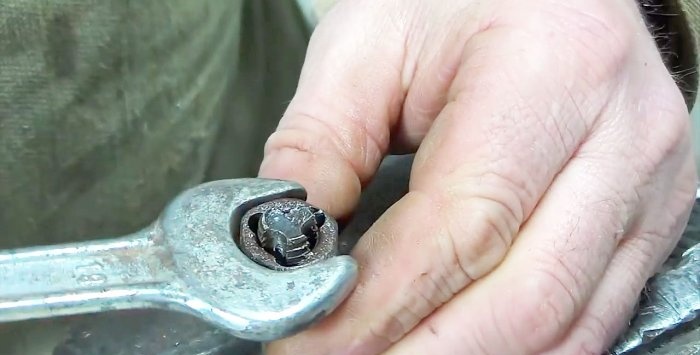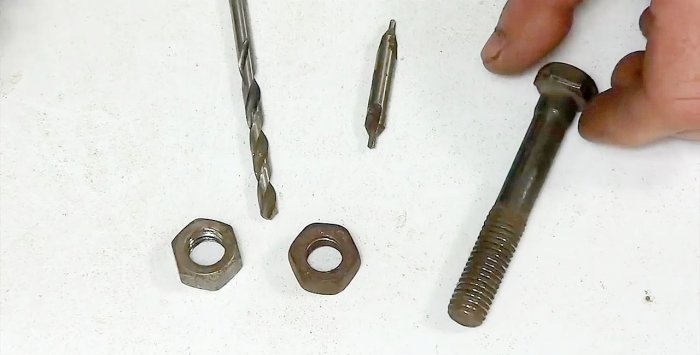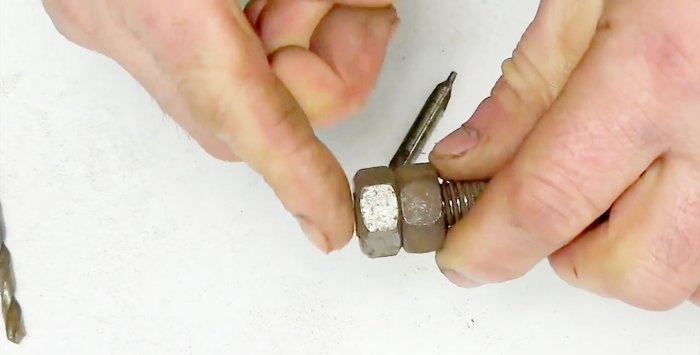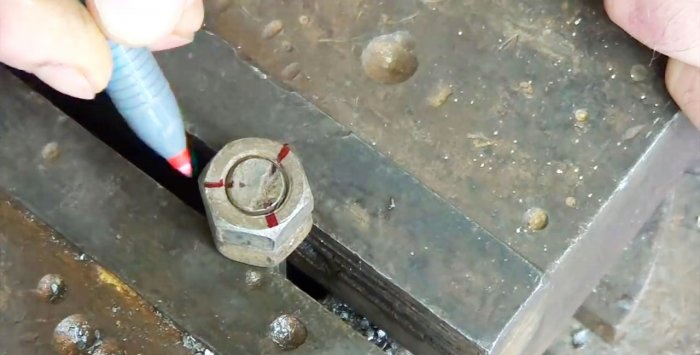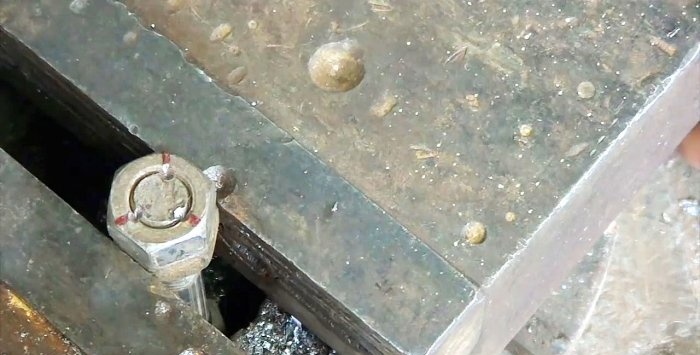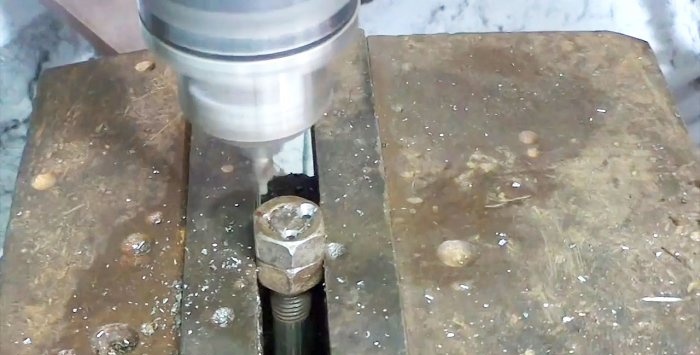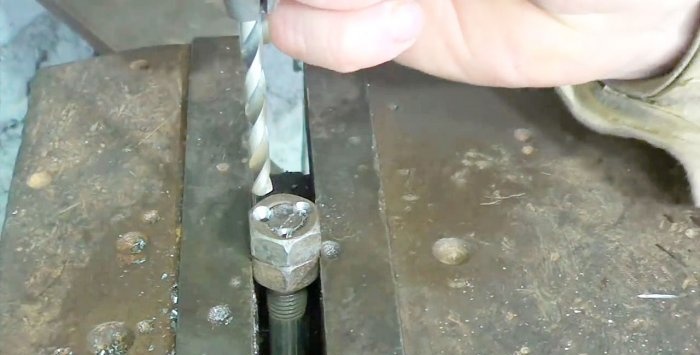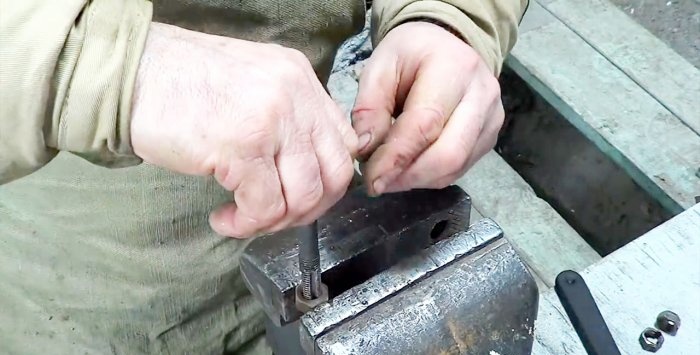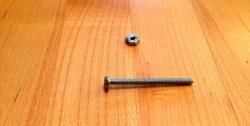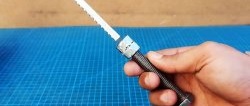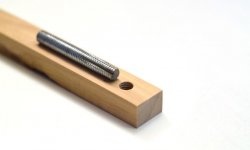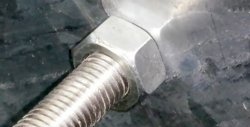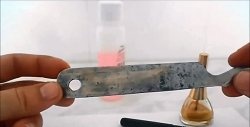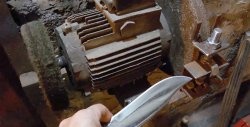Like any home craftsman, I never throw away used hardware - screws, bolts and nuts. My experience tells me that they always find a use over time.
Surely many of you have encountered a situation where the thread on the required bolt or nut turns out to be damaged or severely clogged. For example, they once tried to tighten a nut askew, and as a result, some of the threads were damaged. In some cases, the threaded grooves of a bolt or nut become clogged with paint, hardened or baked-on grease, or sealant.
To solve these problems, I came up with a simple device, the manufacturing technology of which I want to share with you.
Required tools and materials
To work, we first need a bolt and two nuts for it. The threads on these parts must be in good condition. From the tools I used:
- bench vice;
- a small drilling machine (in extreme cases, you can use an electric drill);
- punch, drill;
- wrenches of the appropriate size.
Making a fixture
Screw both nuts onto the bolt. The second screwed nut should be located at the end of the bolt thread, flush with the end of the bolt. The nut screwed onto the bolt first acts as a locknut, ensuring reliable fixation. This will prevent the nuts from moving along the thread during subsequent processing.
Along the circumference of the bolt end, on the line of its connection with the nut, we mark with a marker three points evenly spaced around the circumference.
Using a suitable center punch, we knock out small indentations at these points for ease of subsequent drilling.
Clamping our structure appropriately, we drill three holes at the marked points. The depth of the holes is equal to the thickness of the nuts, that is, we drill both nuts through. The thickness of the drill in my case is approximately half the diameter of the bolt. You can choose a thinner drill; a thicker one can greatly weaken the nut. In general, find a middle ground. For convenience, I first drilled small recesses with a small diameter drill.
After finishing drilling, loosen the locknut and disassemble the structure.
As a result, the bolt turned out to be something like a tap, but without a cone, and the nuts became like dies for cutting threads. Thanks to the sharp cutting edges formed during drilling on the threads of bolts and nuts, they can now be used to restore internal and external threads.
We restore damaged threads
To restore the internal thread, we use our modified bolt; the external thread can be repaired using a nut-die.
By screwing the tool we made onto a part with a damaged thread, we cut through the damaged threads.
If necessary, the part to be restored can be clamped in a vice and rotated using a wrench.
Advice
During the restoration process, depending on the condition of the thread, significant force may be required. The use of lubricant will make the work easier and improve the quality of its results. You can first moisten the surface of the thread with WD-40 or other liquid lubricant, or you can listen to the advice of old-school craftsmen who claim that when cutting threads, the best lubricant is lard. This is not a joke, although it may amuse some.
Well, good luck everyone! Be careful when performing work.
